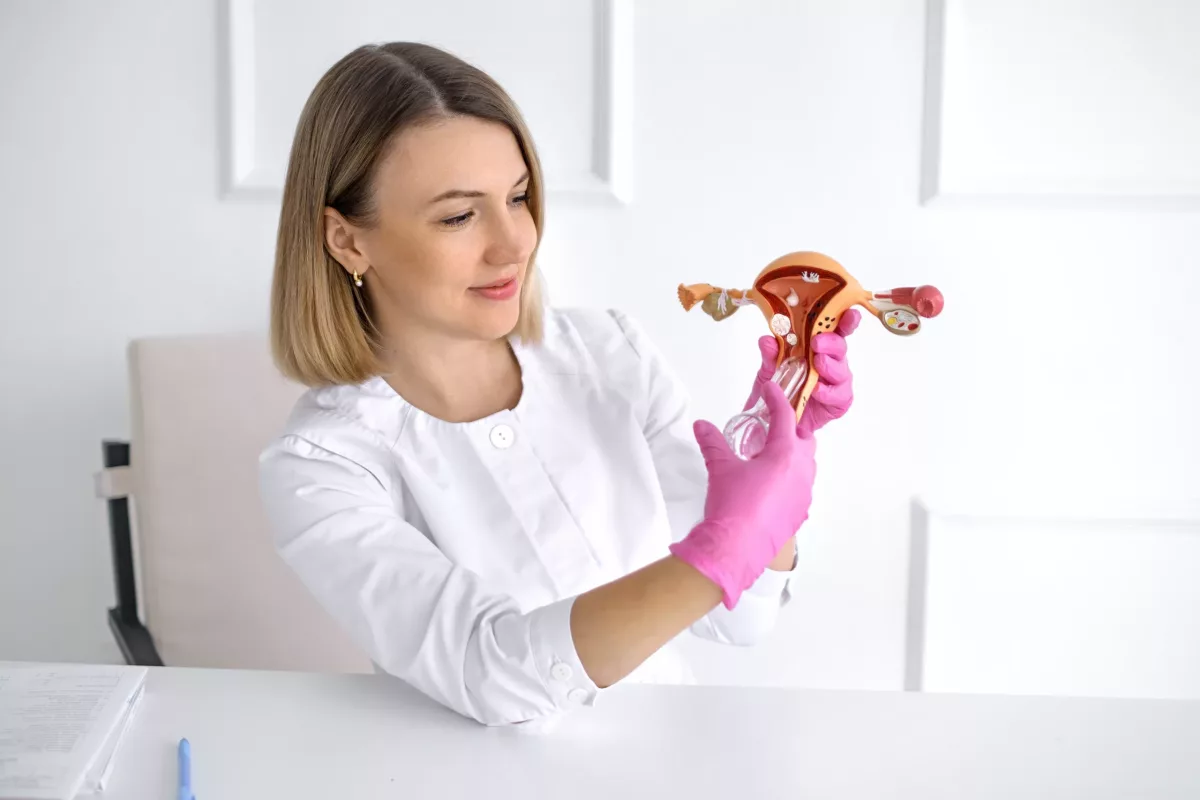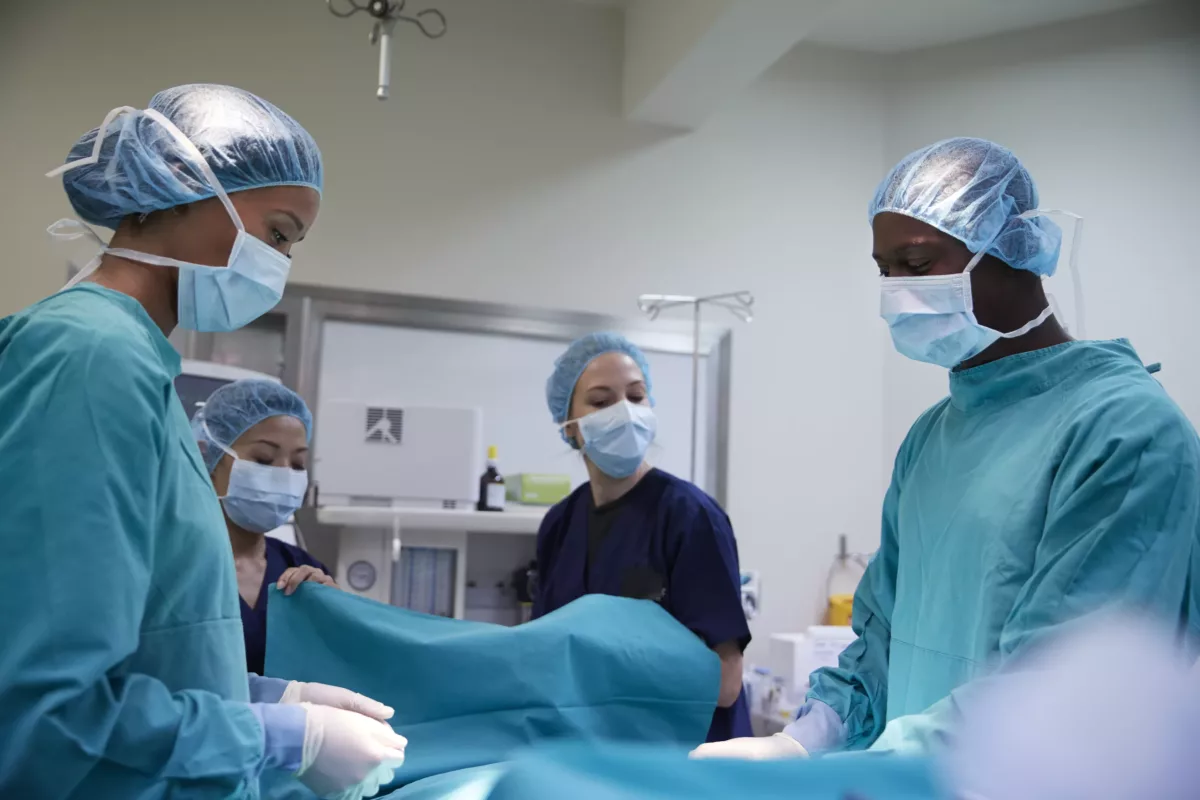A congenital health condition (birth defect) in which the child’s vagina does not develop properly it is called vaginal agenesis. In some cases, babies may have abnormalities with other reproductive organs as well as the spine, arms, legs, or kidneys. The primary treatment for people with this congenital disorder is surgery to make a vaginal opening and canal and vaginal dilators.
While usually the outer genital organs appear normally, the inner part of these organs may not develop properly. Sometimes, vaginal agenesis is diagnosed in later childhood. Some females do not notice abnormalities until menstruation begins (during teenage years).
Furthermore, this condition may occur along with other reproductive system abnormalities. For example, an underdeveloped uterus or fallopian tubes.
This condition is often treated with specific medical devices that help dilate the vaginal canal gradually and surgery to make the opening of the vagina. In addition, people with vaginal agenesis often cannot carry a child.
Generally, vaginal agenesis affects about 1 in every 5,000 women. Moreover, approximately 30% of females with this disorder have kidney problems, and 12% may also experience problems with the spine, ribs, or bones in the legs or arms.
Symptoms
Those who develop vaginal agenesis usually experience the following symptoms. Examples include:
- Amenorrhea
- Cryptomenorrhea (menstrual blood pools inside the body because it cannot leave the body)
- Abdominal cramps or pain
- Dimple or divot in the area where the vaginal opening should be
- Pain during sexual activity often occurs when the vagina is too short
If you experience any of the previous symptoms, immediately contact your healthcare professional.
Causes
Healthcare providers do not fully understand why this congenital disorder occurs, but it often appears during pregnancy. Commonly, in the first 20 weeks of fetal development, the child’s reproductive system does not develop properly. Usually, the condition cause abnormalities in the uterus, fallopian tubes, vagina, or cervix (the lower part of the uterus).
Some experts think that this condition occurs due to a combination of environmental factors (including exposure to toxic substances during pregnancy) and genetic changes (mutations) that may be passed from biological parents to their children. Sometimes, vaginal agenesis may be a symptom of another health conditions (including disorders of sex differentiation or DSD). For example:
- Mayer-Rokitansky-Kuster-Hauser (MRKH) syndrome – This is a rare health condition that also causes irregularities in the reproductive system. One of the most common health conditions associated with MRKH syndrome is vaginal agenesis. Some people may also develop hearing, heart, or kidney problems along with abnormalities in the reproductive organs.
- Androgen insensitivity syndrome (AIS) – This is an inherited genetic disorder in which the uterus, cervix, fallopian tubes, and a part of the vagina does not develop properly. In rare cases, the vagina may not be present at all.
Risk Factors
While doctors do not know the exact cause of vaginal agenesis, they have identified some factors that may increase the risk of developing it. Check below some examples:
- Genetic factors – For example, MRKH syndrome is passed from biological parents to their children.
- Disorders of sex development (DSD)
- Fetal development problems
- Kidney and urinary tract issues
- Skeletal problems
- Other congenital health conditions
- A family history of DSD or related disorders
What Are The Potential Complications of Vaginal Agenesis?
Those who develop this congenital disorder may experience some complications, especially if they do not get treatment. Examples include:
- Painful sexual intercourse
- Primary amenorrhea
- Infertility
- Uterine or kidney abnormalities
- Urinary tract problems
- Hearing loss
- Emotional distress
This article does not contain all possible complications of vaginal agenesis. However, you can consult with your doctor about ways to reduce the risk or prevent these complications.
How to Prevent Vaginal Agenesis?
There is no way to prevent this condition because physicians do not fully understand why it occurs. Moreover, it develops during pregnancy and is present at birth (congenital). Additionally, it is very important to consult with your healthcare professional if you plan to have children.
Diagnosis
While some people get the diagnosis during infancy or childhood, in most cases, this condition is diagnosed during teenage years. Check below some tests often involved in vaginal agenesis diagnosis:
- A physical examination of the vaginal and anal area
- Ultrasound – This is an imaging test that uses sound waves to produce images of the vagina and pelvic area.
- MRI (magnetic resonance imaging scans) – This is another imaging test that is used to get more detailed pictures of the vagina and other reproductive organs. An MRI scan may also help confirm other health problems as well as rule out conditions that cause similar symptoms.
Sometimes, physicians may perform a genetic test to check for genes that cause MRKH syndrome.
Treatment
Fortunately, there are some treatments that help treat this condition and improve your quality of life. However, some people begin the treatment during childhood, but others choose to wait until puberty or even later. Check below some treatments for vaginal agenesis:
Self-dilation of the Vagina
People who have a dimple in the place where should be opening of the vagina can consider a dilator that helps create the vagina. It involves a small tube that helps make the opening and gradually increases the size. This procedure should be performed every day. It often takes 20 minutes. Additionally, it is recommended to perform this procedure after a bath because the skin is softer and more likely to stretch.
Surgery
Physicians may also recommend surgery (known as vaginoplasty) to make the vaginal canal. The exact procedure the surgeons will use depends on several factors (including your anatomy). They often use a traction device on the place where vagina should be and a skin graft from the inside of a part of the intestine. Commonly, after vaginoplasty, physicians may place a tube into the vagina to maintain its shape. Generally, you should wear it until your doctor permits you to remove it.
In most cases, people recover after vaginoplasty within 14 days. However, the dilator that helps maintain the vagina’s shape may stay inside for months.
Frequently Asked Questions
Can I have sex with vaginal agenesis?
Yes, most people with this condition have a satisfying sex life. Usually, sexual partners may not even notice you have this congenital disorder. However, after vaginoplasty, you should use an artificial lubricant to make sex more comfortable.
Can I have children after treatment for vaginal agenesis?
Yes, only if your uterus, fallopian tubes, and cervix are developed properly. Otherwise, you may not be able to carry a child (also known as uterine factor infertility). Discuss with your doctor for more details.
How do you treat uterine agenesis?
The primary treatments for people who experience this congenital disorder are vaginal dilators and surgery to create the vaginal canal. However, doctors may recommend additional treatments if you experience emotional distress or other mental health problems. Ask your healthcare provider if you have additional questions.




